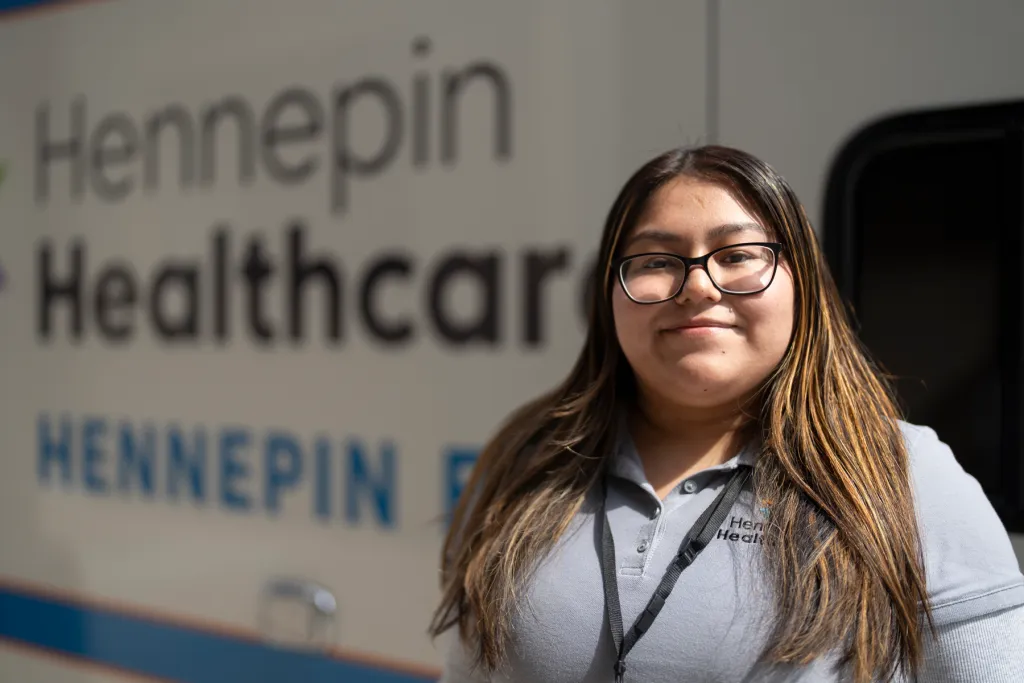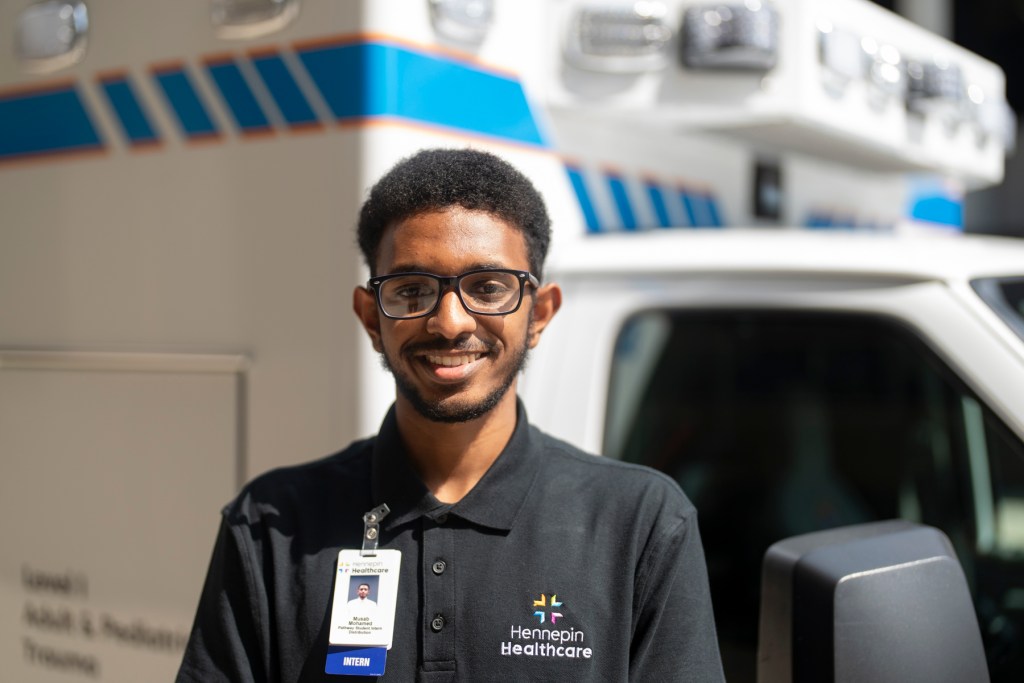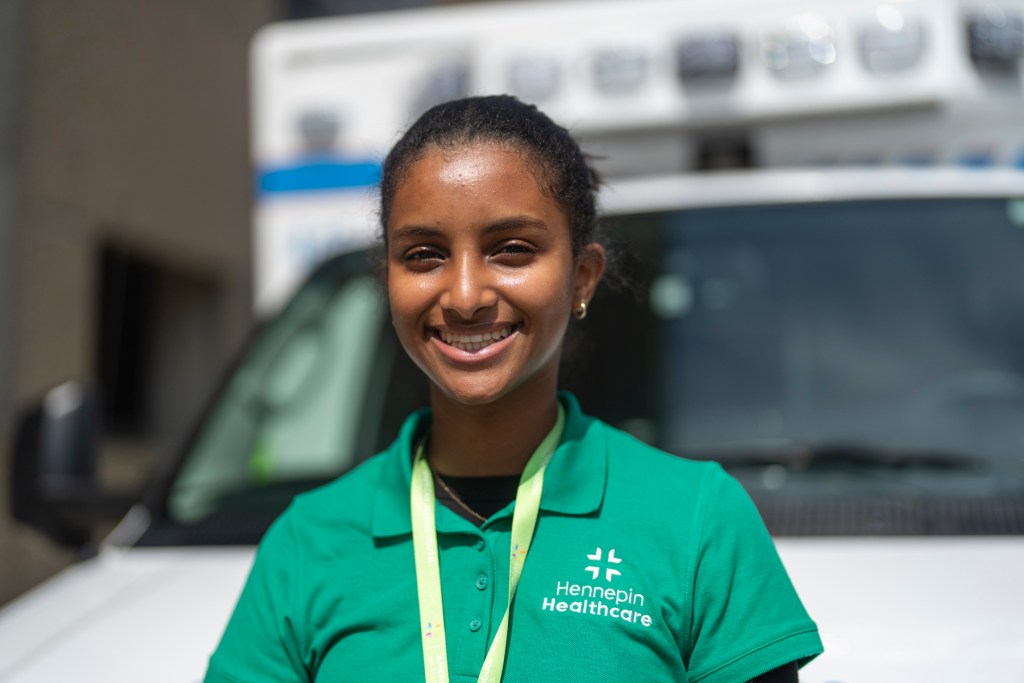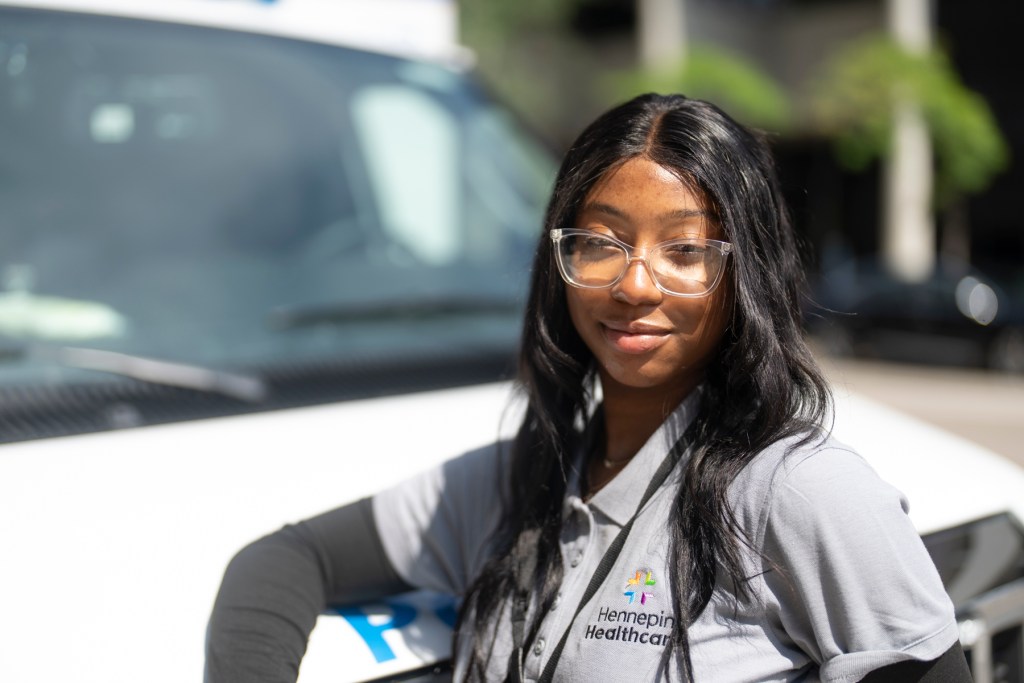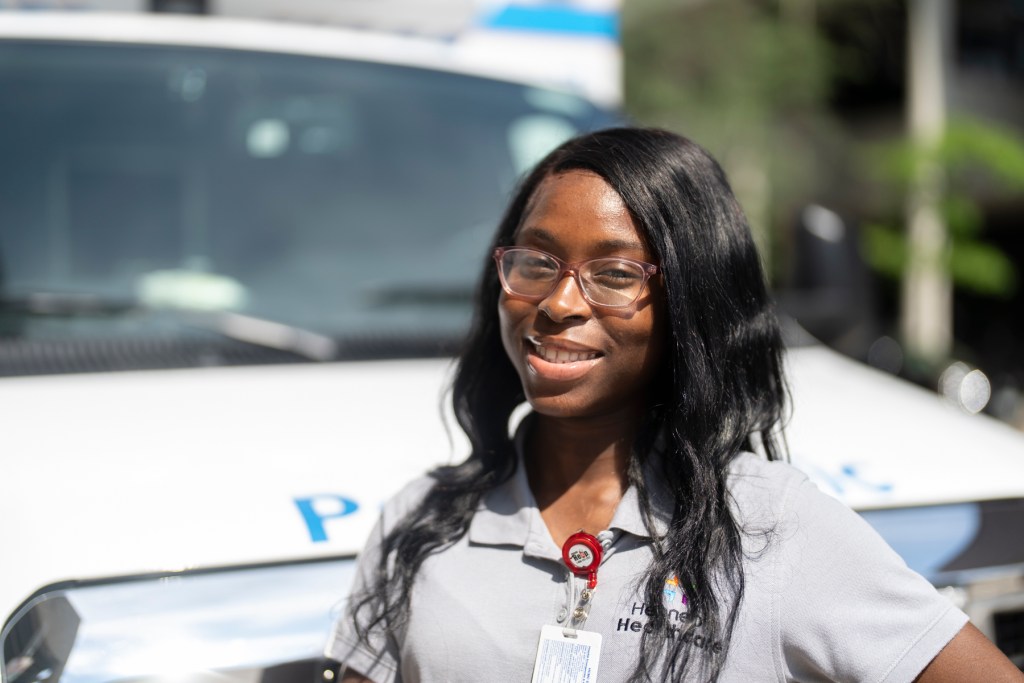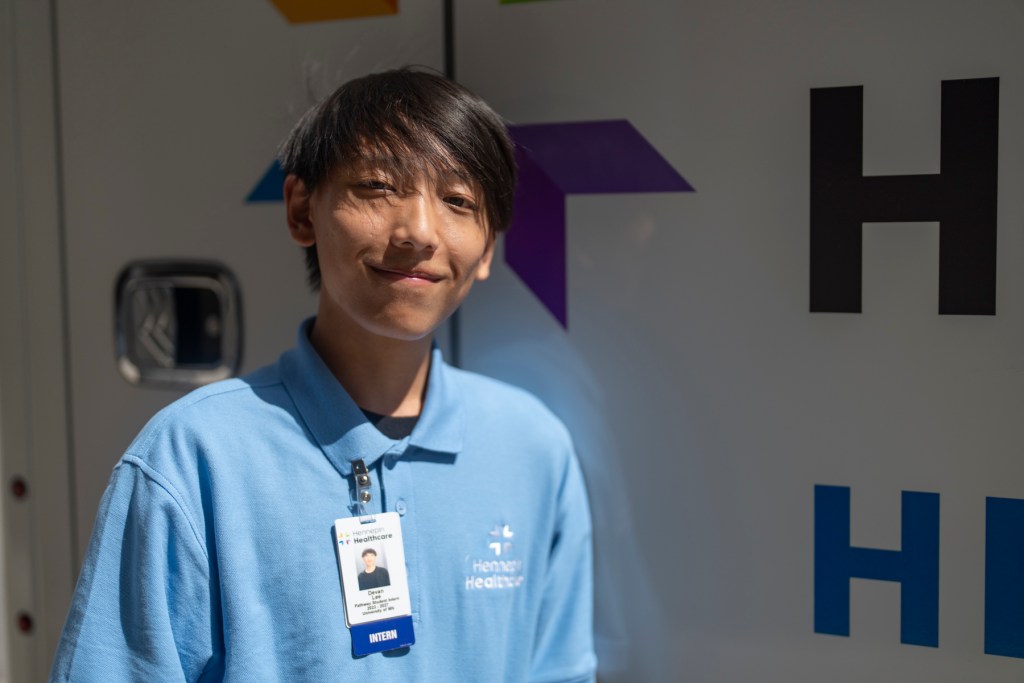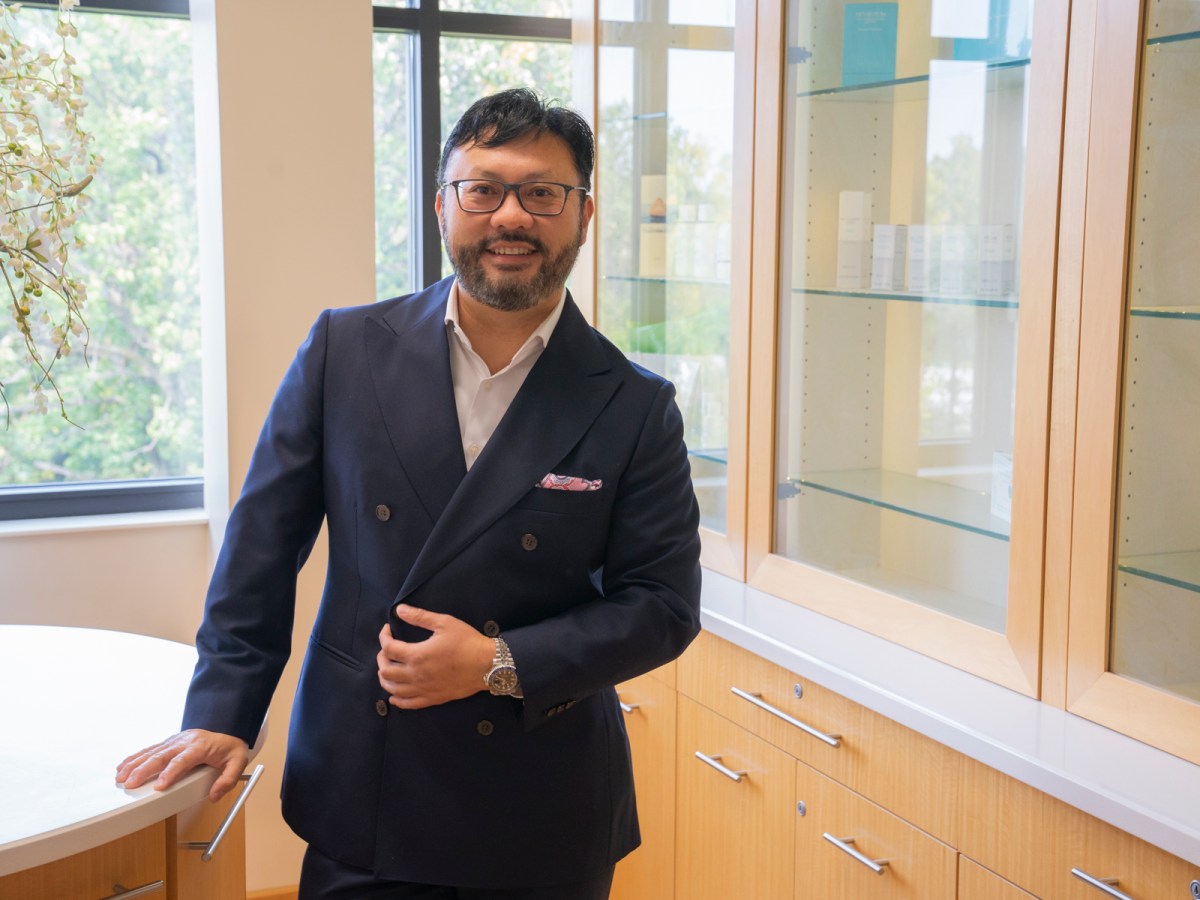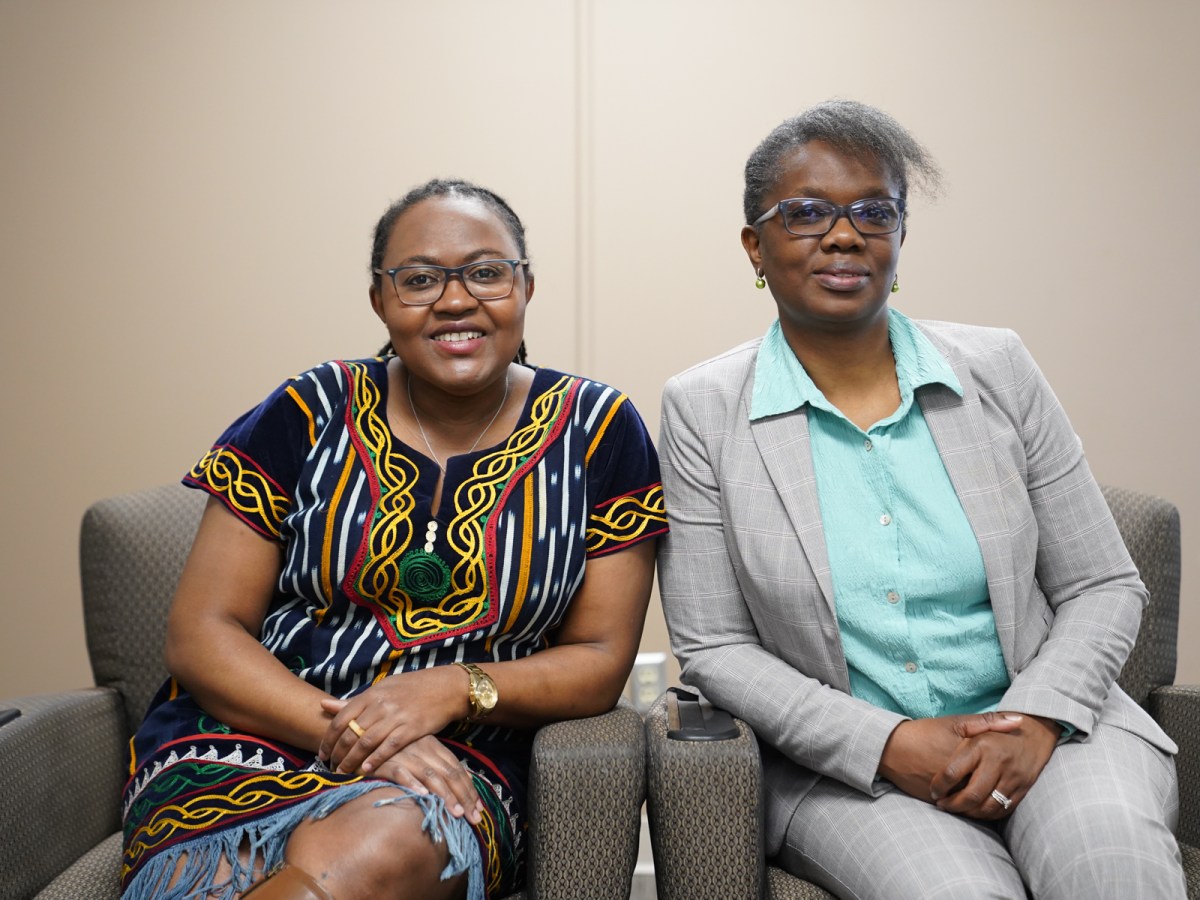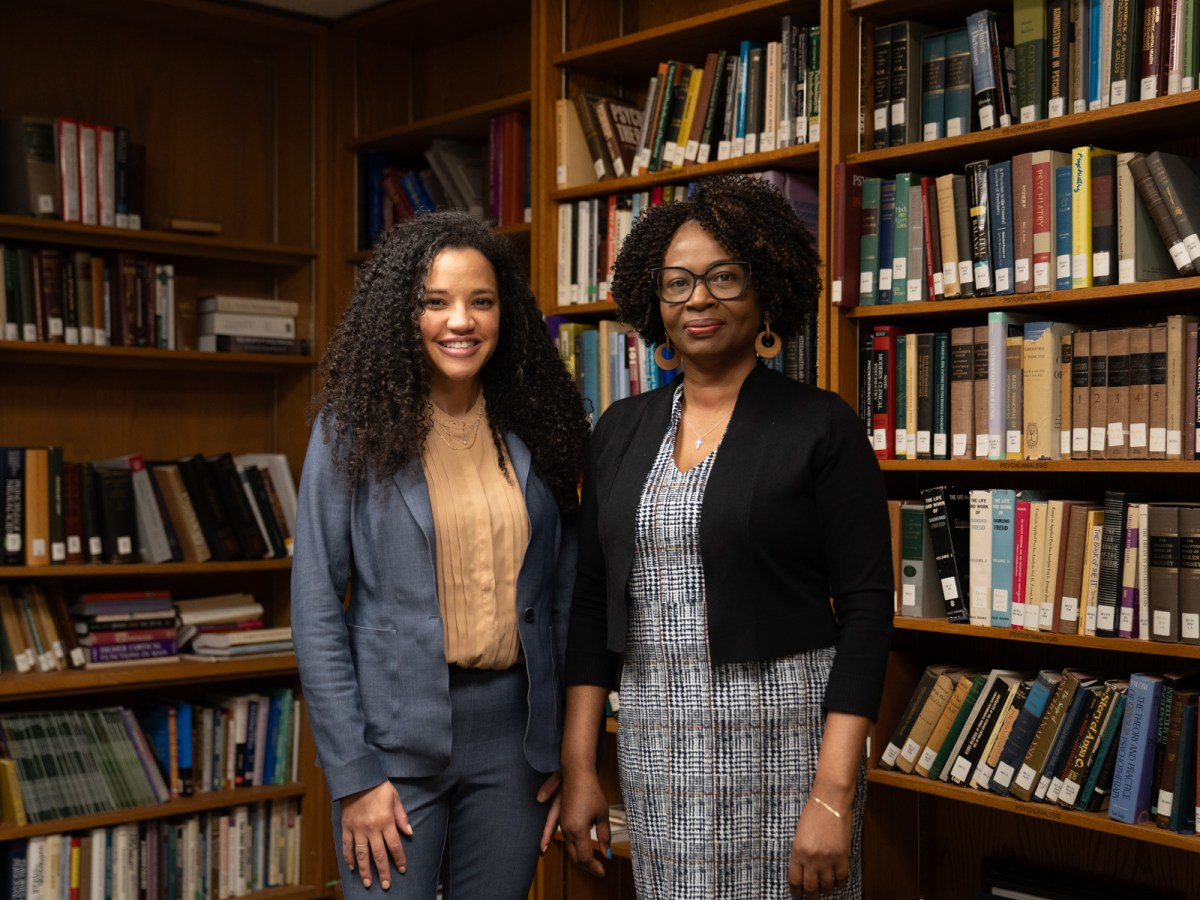Mikayla Francis couldn’t stop smiling when she learned that she had been accepted into Hennepin Healthcare’s Talent Garden summer internship program. Francis, who will be a senior at Champlin Park High School this fall, shared the news with everyone she knew.
Without the internship, she said, her summer would have been dramatically different—far more time lying in bed, for starters. “I would rather be here in this environment, learning so much with wonderful people,” she said.
More people of color are enrolling in medical school than ever before, making up about half of new medical students in the United States in 2022-23.
Black students made up 10 percent of students entering med school in 2022-23, up slightly from 2020-21. Students of Hispanic origin increased to 12 percent of total matriculants. But American Indian or Alaska Native matriculants declined by 9 percent, making up just 1 percent of matriculants.
Research has shown that a diverse medical provider workforce can result in better health outcomes for people of color. Currently, 64 percent of active U.S. physicians identify as white.
Diversifying the ranks in medical school demands more than recruiting students. It takes mentorship and support from those in the field and their institutions.
Dr. Nneka Sederstrom, chief health equity officer at Hennepin Healthcare, hopes the Talent Garden program ultimately will support kids from kindergarten through graduate-level training in medical career paths.
Sederstrom’s team launched Talent Garden two years ago in an effort to address racial inequities by providing more opportunities for patients to have health care providers of their own race.
“When you feel like you are being seen fully, you feel like you can trust better. You don’t have to worry about microaggressions or assumptions,” Sederstrom said. “And it leads to improvements in outcomes, because people then trust instructions and follow them.”
Instead of recruiting people of color from other states, the Talent Garden is one of a few local programs designed to help Black and brown youth “fall in love with medicine,” Sederstrom said.
In November, 65 high school students applied for the program’s six-week internship. Forty-seven were interviewed, and 21 were chosen.
Jim Peters, a health equity program development manager who runs the program, says the internship period, which concludes today, is his favorite six weeks of the year.
“You’ll have to excuse my rabid enthusiasm for these young people and what they’re doing, and how much they’re getting out of the program,” he said.
You’ll have to excuse my rabid enthusiasm for these young people and what they’re doing, and how much they’re getting out of the program.
Jim Peters of Hennepin Healthcare’s Talent Garden program
Peters said the interns are paid and given a bus card and parking pass to further reduce barriers. As he talked, he scrolled through his phone to share a text he received from an excited intern when she heard a fetus’s heartbeat through a stethoscope for the first time.
In their own words
Sahan Journal caught up with seven of the program’s students as they shadowed doctors, nurses, and paramedics from the maternity ward to the ambulance.
Elsy Cruz Parra, a Richfield High School graduate, is considering a career as a doctor after her summer internship.
Musab Mohamed, a Maple Grove High School graduate, discovered that he loves radiology.
Sydney Rupert, a rising senior at Minnetonka High School, got a jump-start on her plans to become a surgeon.
Naomi Teklemariam, a rising junior at Rosemount High School, found a new appreciation for anesthesiology.
Mikayla Francis, a rising senior at Champlin High School, wants to make an impact as a person of color in healthcare.
Venna Yarpah, a Rogers High School graduate, was inspired by the midwives she shadowed.
Devan Lee, a Park Center High School graduate, said the internship gives him more confidence going into his first year at the University of Minnesota.





